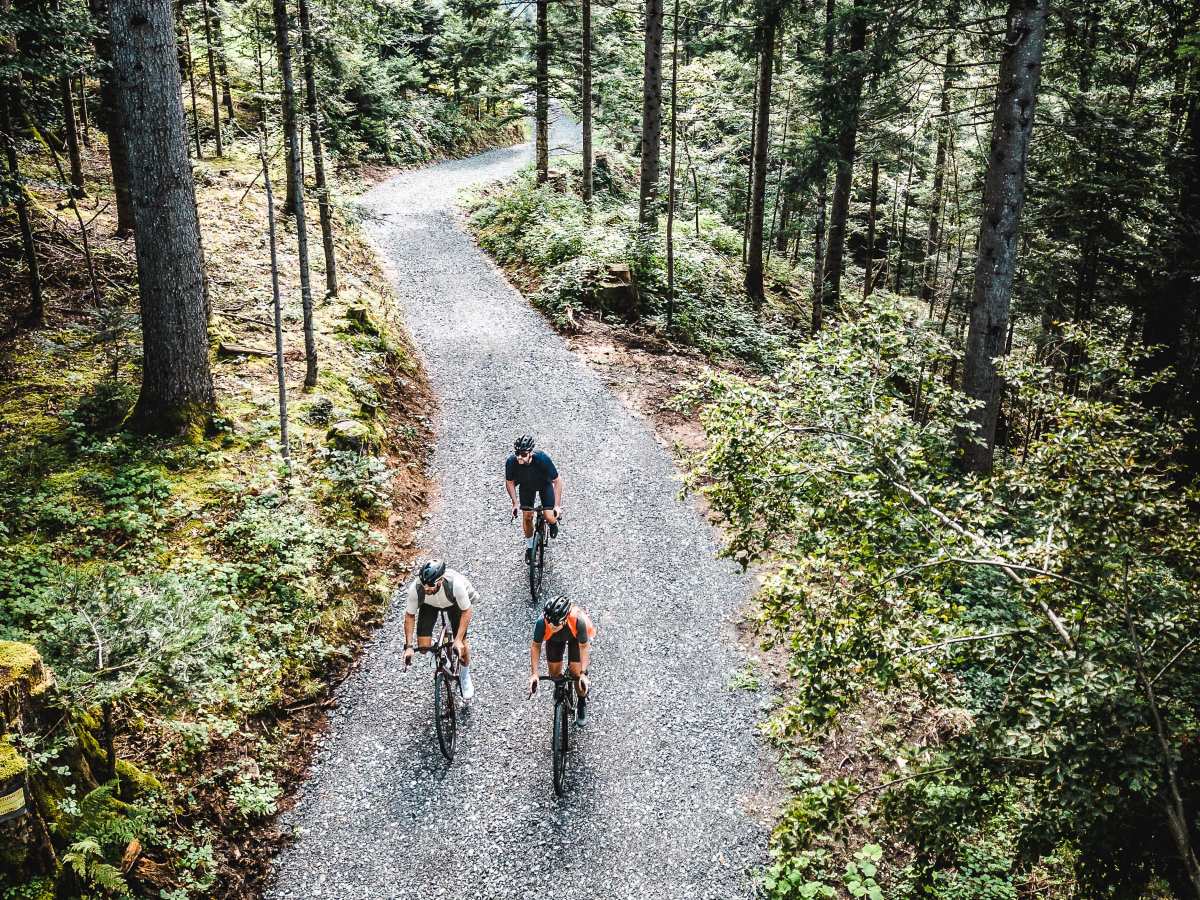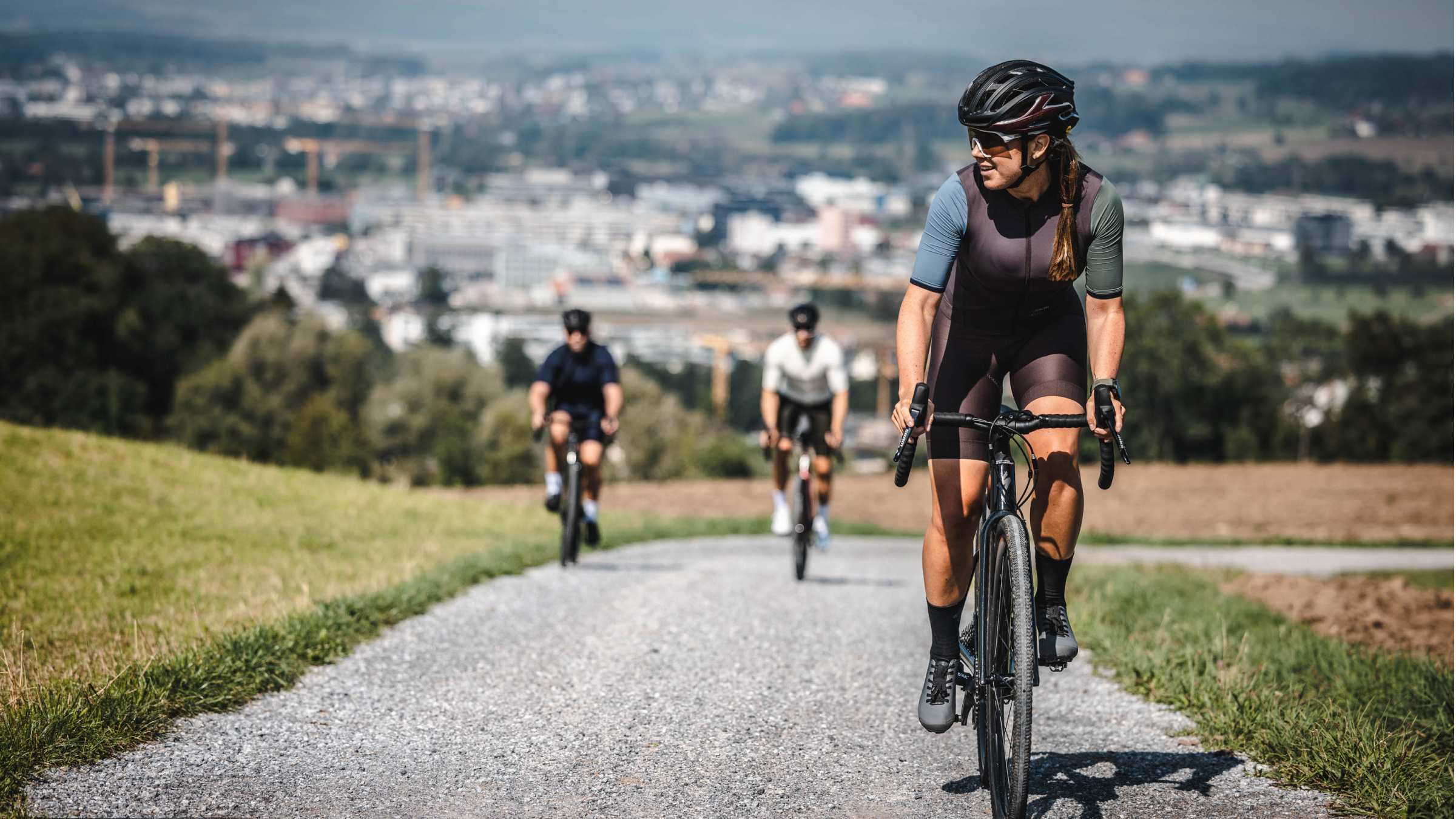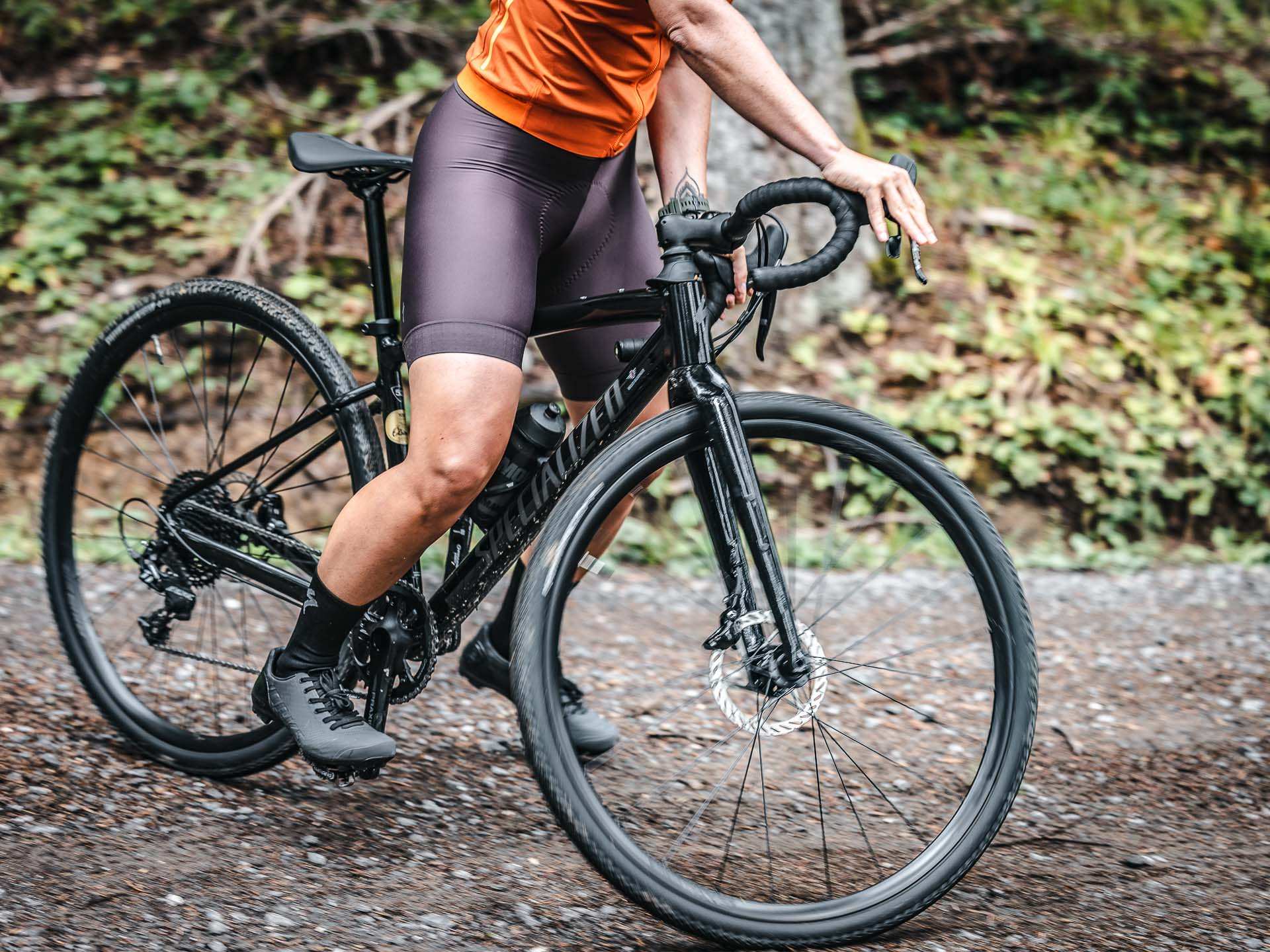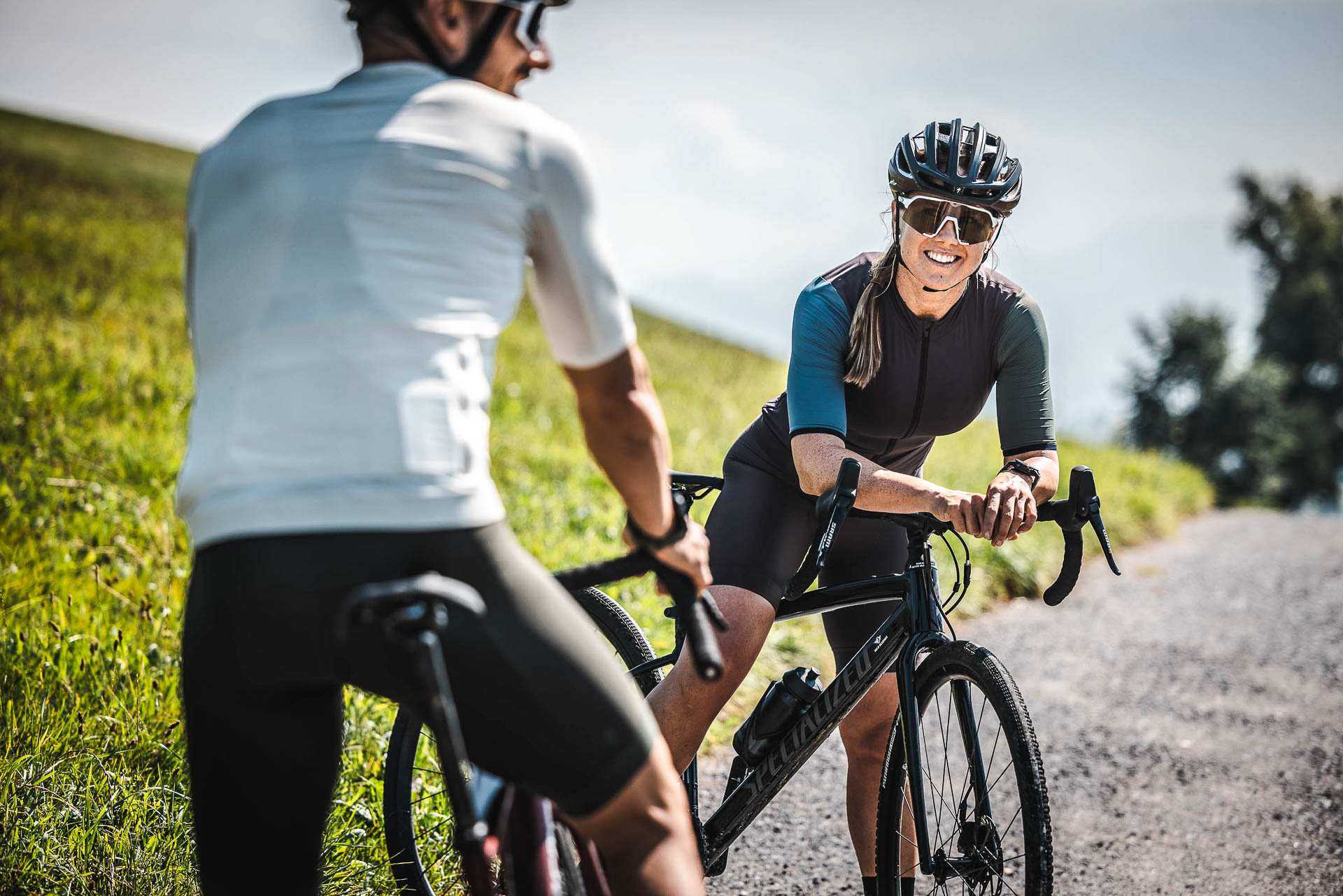
Cycling Without the Ache: How to Avoid Knee Pain on Your Ride

Dieser Beitrag ist auch in Deutsch Sprache verfügbar. Bitte hier klicken
Cycling is less strenuous on the body than running, pain can sometimes occur on longer or more intense rides, especially in the knee area. As is so often the case, there are several causes of this discomfort, but some of the main causes are Incorrect position on the saddle, overloading during training or poor load control. A lack of flexibility can also play a role, as can incorrect adjustment of the cleats.
A muscular imbalance between the adductors of the hips and the abductors and external rotators of the hips can also be the cause of this pain.
An estimated 30 percent of cyclists suffer or have suffered from knee problems during their time on the bike - so you're not alone!
Let's find out together how to prevent this pain and how best to deal with it.

What Type of Knee Pain Is Common in Cycling?
Knee injuries in cycling frequently manifest as inflammation and irritation, with several conditions being particularly prevalent. Patellar tendinitis, which is the inflammation of the patellar tendon from repeated strain, stands out as a common issue. Similarly, tendonitis or inflammation of the tendon sheaths, often occurring at the back of the knee, and iliotibial band syndrome, characterized by pain on the outer knee due to friction against the thigh bone, are frequent concerns. Contrasting these, a sprained knee ligament, especially involving an overstretched or torn anterior cruciate ligament, typically results from abrupt movements. This type of injury is more commonly seen in mountain biking as opposed to road cycling.
Ensure Proper Bike Setup
For those beginning to accumulate mileage, establishing the correct posture is essential. Incorrect positioning and poor bike setup frequently lead to knee pain. To prevent this, undergoing a posture analysis is highly recommended, as it lays the groundwork for achieving your cycling goals, particularly on a road bike. This service, often available at bike shops, typically spans about two hours. During this session, a technician will assess your current riding habits, and then thoroughly examine your pedaling technique, pedal configuration, and overall posture to ensure optimal performance and comfort.
After gathering this information, the next step involves making adjustments to enhance the efficiency of each pedal stroke and prevent incorrect posture, which can contribute to knee pain. This includes fine-tuning the saddle's height and angle, as well as the position of the handlebars and pedals. These adjustments are crucial for aligning your body's mechanics with your riding style optimally. A saddle set too low is one of the most frequent contributors to knee pain, as it places excessive stress on the tendons behind the kneecap. Additionally, the length of the cranks warrants attention; overly long cranks may increase the risk of developing patellar tendinitis.

Warm Up and Customize Your Training
Warming up is an essential precursor to intensifying your training in any sport. Dedicate 10 minutes to gentle exercises and warm-ups during your rest phase to ensure your muscles aren't subjected to stress when they're cold. This practice becomes even more critical if you're recovering from an injury. It's vital to tailor your cycling sessions to your current physical condition. Initially, embark on several short rides weekly, covering 20 to 30 kilometers, and gradually extend the distance and elevation gain while reducing the frequency of your rides.
Above all, paying attention to your body's signals is paramount. Should you experience knee pain, slow down and assess any changes in your riding technique, such as your posture, gear selection, or cleat positioning. If the discomfort continues, taking a break is crucial to allow for evaluation and recovery. Furthermore, if the pain doesn't subside, don't hesitate to seek assistance. Continuing to push through severe pain on your way home could exacerbate the injury. Remember, prioritizing your health and safety is more important than completing the ride.
Muscle Strengthening: A Key Strategy for Knee Pain Prevention
Muscle strengthening stands out as a pivotal method to ward off knee pain, alongside proper warm-ups. Although it requires a commitment of time, the benefits are undeniable. Emphasize fortifying your quadriceps, hamstrings, and the muscles pivotal for knee stabilization (such as the glutes, core, and hips). Exercises like squats and lunges are particularly effective in preventing the internal rotation of the leg during pedaling, a frequent cause of knee discomfort.
The psoas muscle, often overlooked, plays a crucial role in hip flexion and rotation. A strong and flexible psoas muscle enhances your ability to "pedal smoothly," aiding in the upward motion of the pedals and mitigating knee and back pain. Incorporating stretching exercises post-ride is also crucial, especially after intensive training, to ensure muscles like the hamstrings remain supple. Tight hamstrings can hinder maintaining an optimal position on the saddle.
Adhering to these guidelines can significantly help in pinpointing and resolving the source of your knee pain. Should the pain persist, it's advisable to seek medical consultation. A healthcare professional is best equipped to diagnose the underlying issue and recommend an effective treatment plan.

